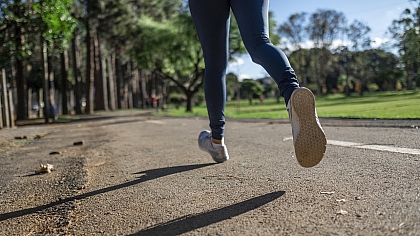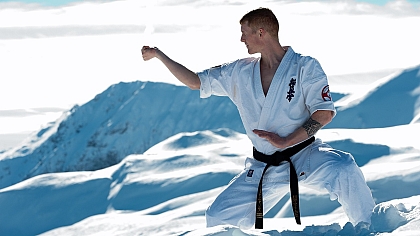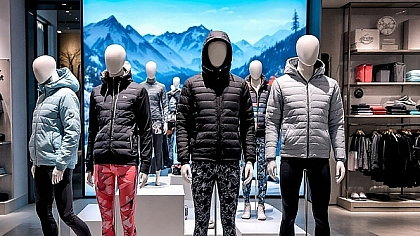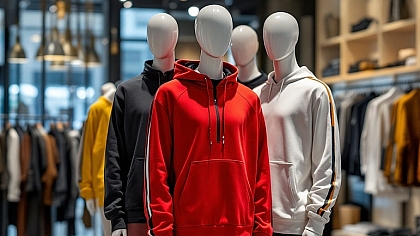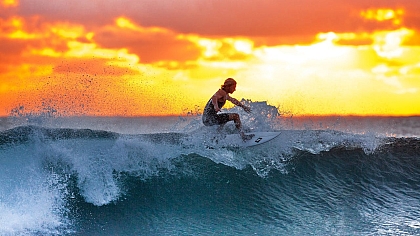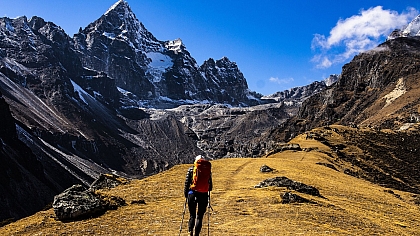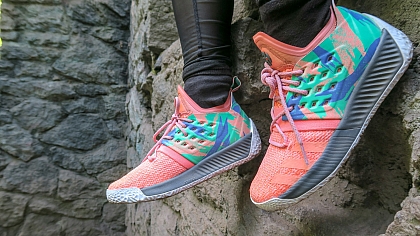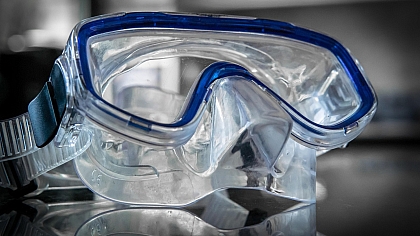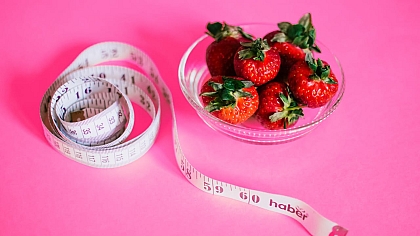
10 Types of Trainers and Their Uses
When you’re a kid it’s fun getting a new pair of super cool trainers with all the funky colours but later in life, when you are an adult, buying a decent pair of new shoes can be quite a challenge. With all the technological advancements and new materials being produced in factories, there are so many different kinds of trainers and shoes to choose from, all of which suit various needs and aid performance in specific activities.
When you reach a certain age your feet stop growing meaning that durable trainers are much needed as you aren’t going to grow out of them, rather you are going to change them when they get worn out.
Trainers are, as the same suggests, for training purposes but it is surprising to know how many people buy, let’s say running shoes and wear them for any other activity besides running. There are two main reasons for this:
The first reason is that sometimes trainers can be much more comfortable than regular shoes; if the occasion doesn’t require formal wear and you are just going to the shops or even commuting, a pair of running shoes can be easy on your feet.
The second reason is fashion; with the athleisure trend becoming increasingly popular over the past few years, people prefer to mix up sportswear with their daily clothing. As a result of this, trainers have become a much-loved and popular choice of footwear.
Here are ten types of sports footwear and what they are used for:
1. Basketball Trainers
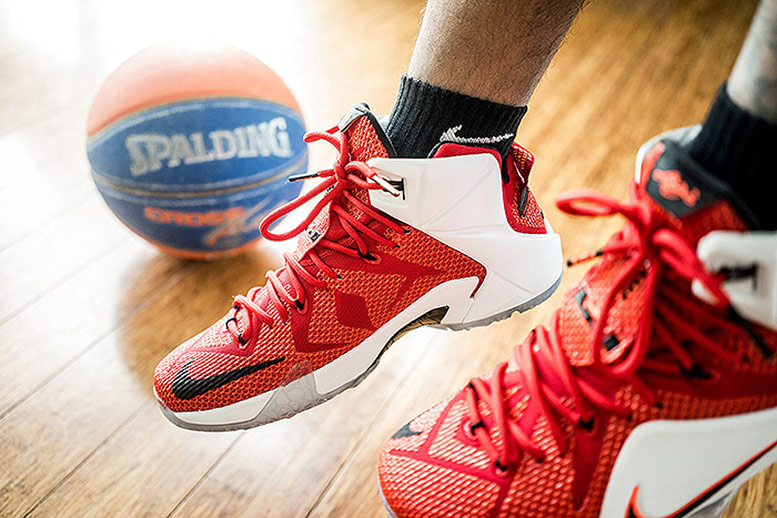
More commonly known in the form of Jordan’s (probably the most popular basketball shoe range named after the world-famous Michael Jordan), basketball shoes are a must-have for someone who plays the sport. The sole is stiff and hard providing stability to the wear and the high-top design supports the ankle when jumping and landing.
2. Walking Trainers
Simply going for a walk is a great way to stay active and can be a fun social activity too. Walking shoes are specially designed to provide the maximum amount of comfort while walking; a slightly rounded sole helps shift weight from the toes to the heel so it’s all balanced out comfortably. A rigid form supports the toes as you walk.
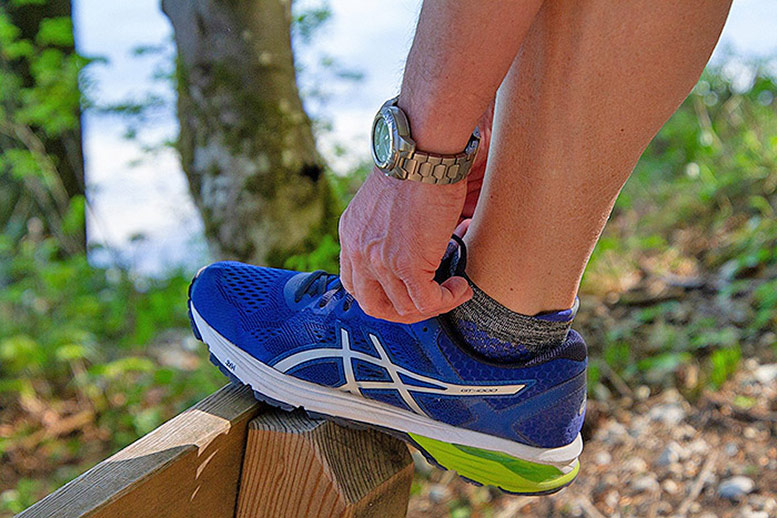
3. Running Shoes
As you run your feet hit the pavement creating shockwaves that can potentially damage the feet. Running shoes are well cushioned which absorbs the shock and prevents injury; the front of the foot is well protected as this is the part that will experience the most impact while running or jogging.
4. Tennis Shoes
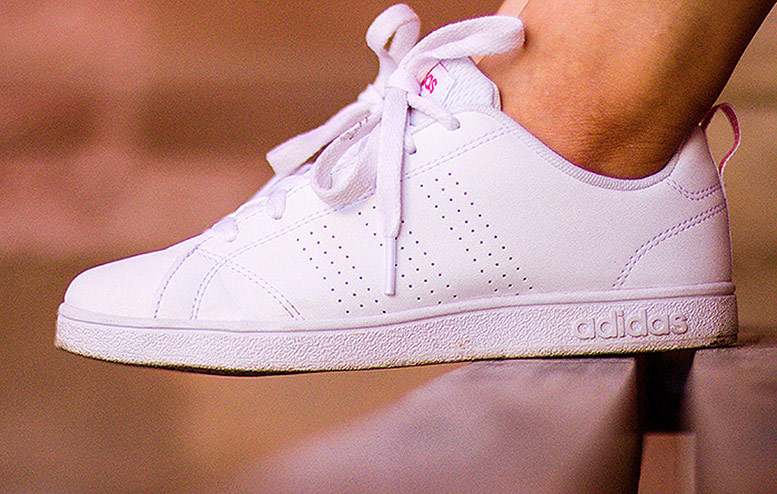
Designed for fast movements, tennis shoes, also known as court shoes, are flexible and lightweight allowing the wearer to remain swift on their feet while playing. There are different variations of tennis shoes for use on hard and soft courts.
5. Football Boots
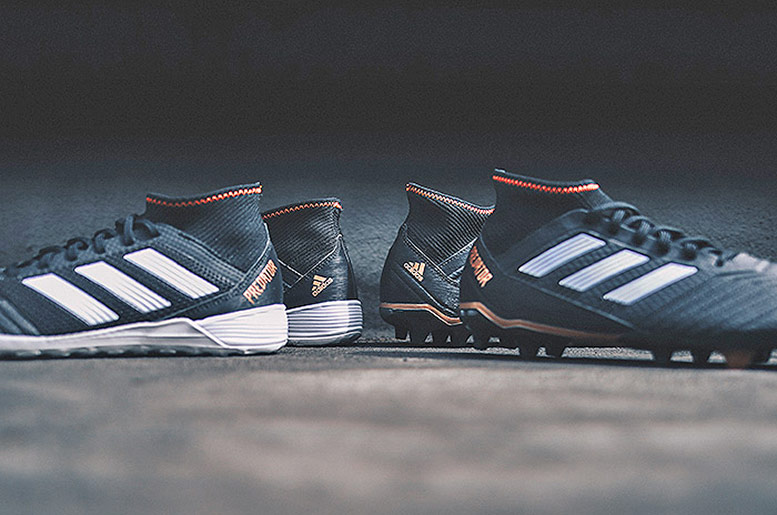
Football boots or soccer cleats have studs or spikes at the bottom for an enhanced grip on the ground. This particular kind of shoe is tough to protect the toes and the feet from the impact of kicking the ball. The function of the studs or the spikes is to dig into the ground increasing traction. Studded football boots are recommended for use on astroturf.
6. Cross Trainers
Cross trainers are multiple-purpose trainers which are lightweight and flexible allowing the wearer to move from side to side with ease. A more versatile kind of footwear, cross trainers can be used for a variety of activities from jogging to tennis and even dance.
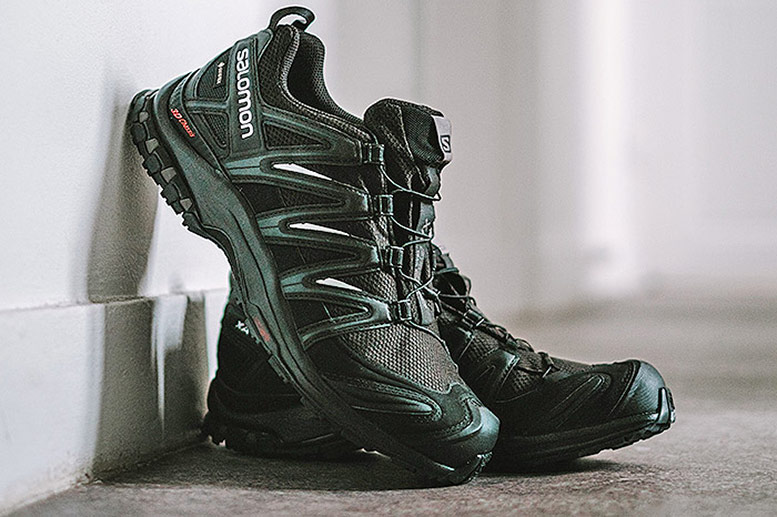
7. Trail Running Shoes
Built to withstand the elements, trail running shoes can withstand mud, dirt, and water and are designed for the great outdoors. Trail running shoes, in short, are a reinforced variety of regular running shoes.
8. Hiking Boots
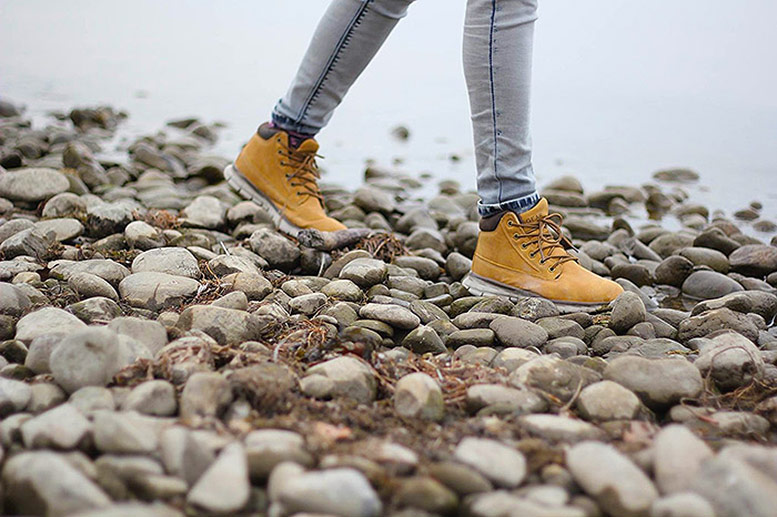
Hiking is a very fun sport as it allows the hiker to experience the thrill of nature but as with many things, preparation is the key. Hiking boots are specially designed to support the weight of the wearer and whatever they are carrying over long distances. They are strong and do not wear down easily. It is only natural that as there are different levels of hiking, there are different types of hiking boots too, which include:
- Lightweight hiking boots – these hiking boots are used on hills and countryside roads that aren’t too rocky.
- Midweight hiking boots – these are great for rocky terrains and not very well-maintained paths.
- Heavyweight hiking boots – super strong and durable, heavyweight hiking boots are for people who are hiking over snow and ice and may be carrying very heavy packs.
9. Cycling Shoes
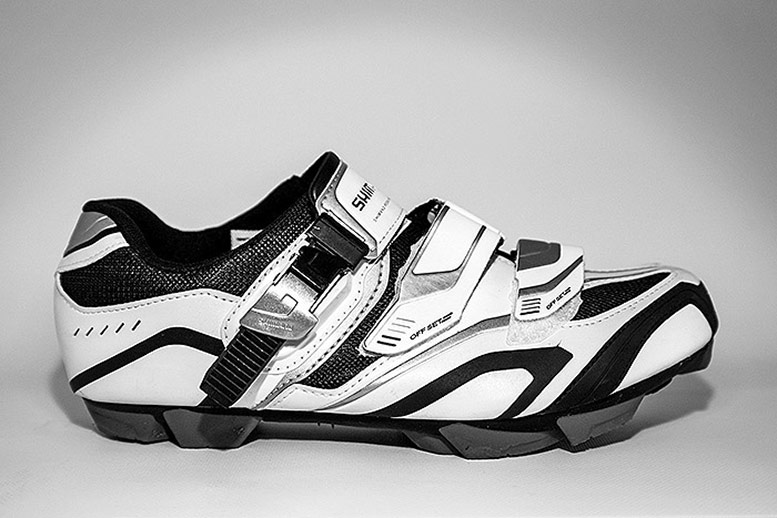
There are different kinds of cycling shoes with varieties that cater from mountain cycling to performance cycling. The stiffer the sole the more energy is transferred to the pedal so racing varieties tend to have stiffer soles.
10. Minimalist Shoes / Barefoot Trainers
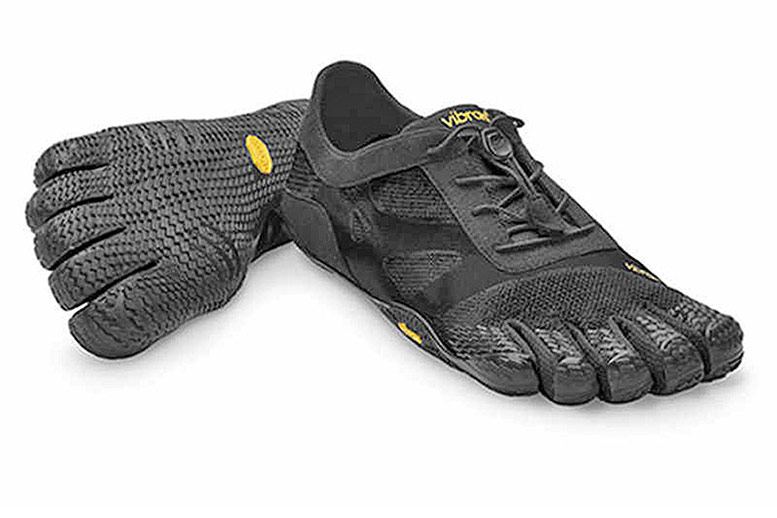
If you would rather have the feel of running barefoot instead of wearing trainers (without actually running barefoot and getting your feet cut on rocks) then minimalist trainers are for you. Made in the shape of a foot with each toe separated as they would be without shoes on, minimalist trainers give the feel of running without any shoes on, it is down to personal preference whether you find this more comfortable or not. Minimalist shoes are an example of innovative sportswear.
There are a variety of trainers for different uses; some like studded football boots are normally only worn when taking part in the sport. Others like walking and running shoes can be worn at any time and many people prefer these comfier options of footwear for commuting, they then of course, if they are required to, change into the appropriate footwear upon reaching work.
Trainers are some of the most comfortable shoes ever and it’s good to have at least one pair of decent trainers, some may seem expensive but are well worth the investment because they are specially engineered for a certain purpose while delivering comfort at the same time.
